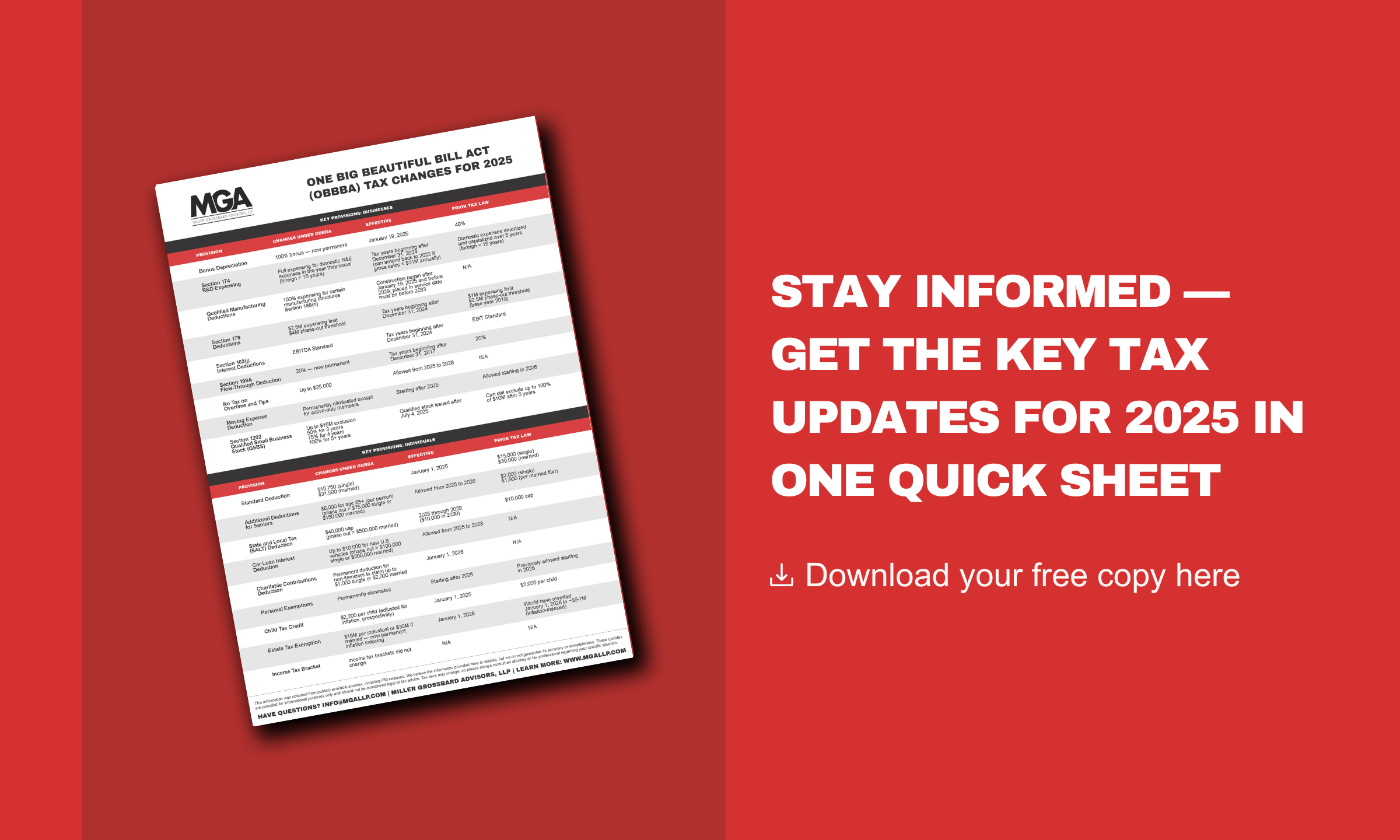Although the Tax Cuts and Jobs Act (TCJA) of 2017 suspended write-offs for personal casualty and theft losses, you can still claim deductions as such if attributable to federally declared disasters.
Here are the details you need to know.
Let’s Rewind: What Is a Casualty Loss and How Does Someone Claim It?
A casualty loss results from a “sudden, unexpected, or unusual” event. Think damage caused by natural disasters (like fires, earthquakes, or hurricanes), water pipes bursting during a winter storm, or property vandalized or stolen. The tax treatments for personal property and business-use property differ, so it’s essential to determine the type of property involved.
A casualty loss deduction for personal property is claimed as an itemized deduction. You can deduct the loss on the original return for the year of the event or choose to claim the available casualty loss on the tax return for the year preceding the event's year.
Old Rules vs. What’s Changed
The TCJA eliminated casualty loss deductions through 2025, except for those caused by federally declared disasters. Other than this one significant change, all other rules pertaining to casualty loss deductions remain the same.
The amount of the itemized deductions for a casualty loss is generally the lesser of 1.) the adjusted basis of your property or 2.) the decrease in fair market value of your property as a result of the casualty. You then need to subtract any insurance proceeds received for the loss.
Two critical limits are also imposed on deductions, which are 1.) an individual can only deduct the excess above 10% of adjusted gross income (AGI) and 2.) the amount of the loss is reduced by $100 for each separate event.
The biggest hurdle for most clients will be having expenses that exceed 10% of your AGI.
|
Here's an Example of This Computation: John Smith suffered through the Texas Winter Storm Uri with his in-laws in his house. On top of that disaster, he had four broken pipes, and 100% of his landscaping died. He paid $24,000 to have the pipes and house fixed and have the landscape replaced exactly as it was before the storm (no improvements). He received no insurance payments for this damage. John’s AGI in 2020 was $200,000. Therefore, his hurdle is 10% of that or $20,000. Therefore John can deduct $3,900 as a casualty loss ($4k minus the $100 per incident). The other $20,100 he will get no benefit for. |
You can see that as one's income rises, the hurdle does as well and severely limits this deduction's applicability.
What about Business Casualty Losses?
Easy enough, the tax laws for deducting business casualty losses are generally similar to those for personal losses, with a few exceptions.
Business losses are subject to their own restrictions, and the $100-per-event or the 10%-of-AGI thresholds do not apply. They are also generally fully deductible whether the loss occurred in a federal disaster area or not. However, some restrictions to note are those related to salvage value and insurance reimbursements.
Bottom Line: We Have You Covered
We understand this is a lot of information to absorb, so the bottom line is, we have you covered. If you think you may qualify for a loss deduction, be sure to keep all your records relating to the event. And if you have any questions, please don’t hesitate to reach out to us. We are continuously monitoring the latest tax guidance, and you can trust our team to be up-to-speed on any changing laws.
We are here to make the complex simple.
.png?width=191&name=mgalogofinal-01%20(3).png)




